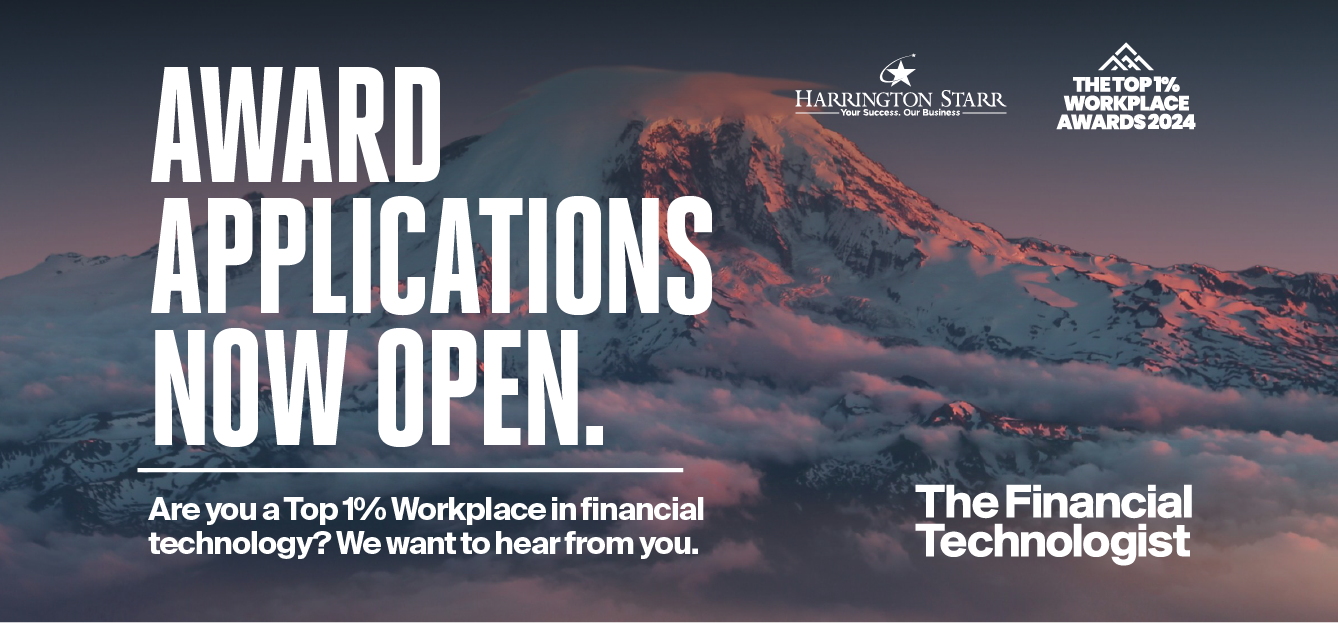User experience design defines our daily lives. Services delivered through intuitive interfaces allow us to summon taxis at a touch of a button, access entire film and music libraries in seconds or order any conceivable product to our doors. Modern convenience has driven expectations that technology should work seamlessly to improve our lives, an expectation that is extending into the workplace. This is particularly true in finance, as years of electronification and the proliferation of data has elevated trading technology to a central pillar of firms’ success. From trading to compliance, risk to portfolio management – technology has become the lifeblood of modern finance. However, with so much complexity and such diverse but interconnected business functions, creating a seamless user experience is a major challenge.
Not just a pretty face
It is common to see disparate legacy systems serving specific purposes, with bolt-ons added over time creating messy tangles of disparate technology. For the user this means navigating a plethora of siloed systems on a daily basis – clicking in and out of windows, opening and closing applications or navigating several screens at a time. Context switching is notoriously error-prone and a combination of all these factors results in a slow, clunky user experience requiring thought and attention to operate a system at the most basic level – a major problem in volatile, fast-moving markets.
A system and its constituent parts are only as effective as its usability. This means creating interfaces that can be easily used by everyone – from young tech-natives to older generations; from casual investors to professional traders. As designers, we need to understand the traders who will use the underlying technology and their pressure points and hence create intuitive user interfaces (UI) to consolidate various applications. We equally need to increase trading app interoperability.
Owning technology stacks and designing user experience around specific workflows has become a huge competitive advantage. Everyone is different and systems need to reflect this – for individuals it is a matter of being able to customise technology to suit their way of working. Meanwhile, companies can differentiate how they trade by designing systems to perfectly execute complex trading strategies.
The advent of more sophisticated, widely available AI will increase the focus on user experience further. For traders, it will mean having an augmented, automated intelligence, capable of advising individuals as they execute their day-to-day workflows. Rather than querying AI through a web browser, it should be embedded in all aspects of the user experience - from applications to their integrations.
High profile and sophisticated investment firms are already signalling that this work is underway. Gaining an edge is not about applying a free and universally available technology, it is about how user interfaces can be taken to the next level to augment how traders navigate markets.
Unshackling systems
Financial firms work most effectively when all areas of a business and desks operate in harmony, using tools to act confidently and instinctively. Design therefore extends beyond the look and feel of a system to reduce friction and create clear paths for users to find and take advantage of layers upon layers of data and functionality.
Design is no longer a ‘nice to have’ to make software easier on the eye – it defines how we interact with markets. Systems therefore need to be built with humans and their diverse needs in mind. The design ethos needs to tap into the native experiences that users have come to expect and allows freedom to switch between mobile and web whenever suits. To achieve this in the complex world of finance, we need to draw inspiration from other industries such as Ecommerce or the Metaverse, to meet expectations of how technology should operate. As smooth user experience becomes normalised, a disregard for design will become a glaring disadvantage.
Read more articles like this in The Financial Technologist. Download your free copy here.
